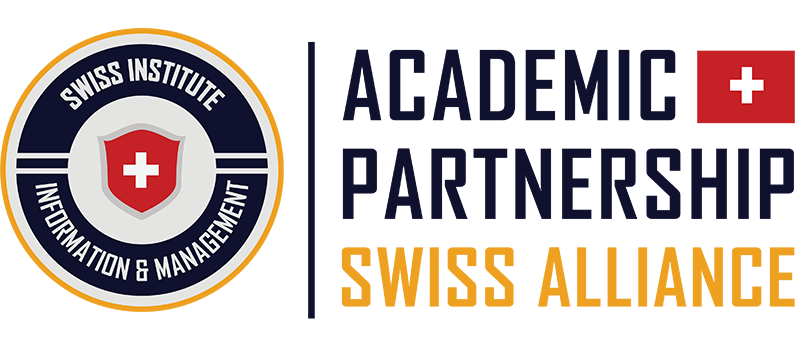Teachers in today’s high-stakes classrooms are always on the lookout for new and better ways to reach their students and boost their learning. One such approach is the use of a teaching curriculum template to streamline and structure the educational content and activities within a particular program or course. A well-designed curriculum template can facilitate clear learning objectives, enable the efficient organization of course materials, and promote a coherent and cohesive learning experience for students.
A teaching curriculum template is a pre-formatted document that outlines the structure and content of an instructional program, such as a course or a series of lessons. This template serves as a blueprint for educators to develop and implement their own customized curriculum, ensuring that all essential elements are covered and that the learning experience is aligned with the desired outcomes. By using a curriculum template, educators can save time and effort in planning and organizing their instruction, allowing them to focus on delivering high-quality, engaging, and meaningful learning experiences for their students.
In this article, we will provide a step-by-step guide to creating an impactful teaching curriculum template for your program design, explore ways to adapt such templates for various subjects and programs, discuss innovation considerations for curriculum design processes, and examine how technology and interactive resources can be leveraged to enhance the learning experience. By the end of this article, you will be well-equipped to master the art of creating an effective and engaging teaching curriculum template for your instructional needs.
Basic program and curriculum design
Before diving into the process of creating a curriculum template, it is crucial to understand the basics of program and curriculum design. Program design refers to the overall structure and organization of an instructional program, while curriculum design focuses on the content and activities within a specific course or series of lessons. Both program and curriculum design aim to provide a clear, coherent, and comprehensive learning experience for students.
When designing a program or curriculum, educators should first establish clear learning objectives and outcomes. These objectives should be specific, measurable, and aligned with the knowledge, skills, and abilities that students are expected to acquire by the end of the course or program. Additionally, learning objectives should be informed by relevant educational standards, industry requirements, and the needs of the target audience.
Educators should consider the instructional strategies, activities, and assessments that will best support the achievement of the learning objectives. This may include direct instruction, group discussions, hands-on activities, and formative and summative assessments. The chosen instructional strategies should be varied and engaging, promoting active learning and addressing diverse learning styles and needs.
The program or curriculum design should be organized in a logical and coherent manner, with content and activities sequenced to build upon prior knowledge and skills. This may involve dividing the curriculum into units or modules, each with its own set of objectives, content, activities, and assessments.
Step-by-step guide to creating a curriculum template
- Identify your goals and objectives: Begin by determining the overall goals and objectives for your program or course. What do you want your students to learn, and what skills should they acquire by the end of the course? Ensure that these objectives are specific, measurable, and aligned with relevant educational standards or industry requirements.
- Determine the scope and sequence: Based on your goals and objectives, outline the scope of your curriculum, including the topics, concepts, and skills that will be covered. Next, determine the sequence in which these elements will be introduced and taught, ensuring a logical progression that builds upon prior knowledge and skills.
- Develop a unit or module structure: Divide your curriculum into units or modules, each with its own set of objectives, content, activities, and assessments. This will help to organize and streamline the curriculum, making it easier to plan and implement.
- Outline the content and activities: Within each unit or module, outline the specific content and activities that will be used to teach the material and achieve the learning objectives. This may include lectures, readings, discussions, hands-on activities, and multimedia resources.
- Design assessments: Develop formative and summative assessments that will be used to measure student progress and evaluate the effectiveness of your instruction. Ensure that these assessments are aligned with the learning objectives and provide meaningful feedback for both students and educators.
- Create a lesson plan template: Develop a lesson plan template that includes sections for the lesson objectives, content, activities, and assessments. This template can be used to plan individual lessons within each unit or module, ensuring a consistent approach to instruction across the curriculum.
- Incorporate differentiation and accommodations: Consider the diverse learning needs of your students and identify ways to differentiate instruction, activities, and assessments to support all learners. This may include accommodations for students with disabilities, as well as strategies to challenge and engage advanced learners.
- Review and revise: Once you have completed your curriculum template, review it to ensure that it is comprehensive, coherent, and aligned with your goals and objectives. Solicit feedback from colleagues, and revise the template as needed to ensure its effectiveness in supporting student learning.
Adapting curriculum development templates for various subjects and programs
Curriculum development templates can be adapted for use in various subjects and programs by modifying the content, instructional strategies, and assessments to align with the specific learning objectives and requirements of the subject or program. When adapting a curriculum template, consider the following:
- Content: Ensure that the content covered in the curriculum is relevant and appropriate for the subject or program, addressing the necessary concepts, skills, and knowledge.
- Instructional strategies: Choose instructional strategies that are well-suited to the subject or program, promoting active learning and engagement with the material.
- Assessments: Design assessments that are aligned with the learning objectives and requirements of the subject or program, providing meaningful feedback on student progress and mastery of the material.
- Resources: Identify subject-specific resources, such as textbooks, articles, videos, and software, that can be used to support instruction and enhance the learning experience.
- Standards: Ensure that the curriculum aligns with any relevant educational standards or industry requirements, addressing the necessary competencies and skills.
By adapting curriculum development templates for various subjects and programs, educators can create customized instructional plans that effectively address the unique learning objectives and requirements of their students.
Innovation Considerations for Curriculum Design Processes
Innovative curriculum design involves incorporating new ideas, approaches, and technologies into the planning and implementation of instructional programs. This can help to create more engaging, relevant, and effective learning experiences for students. When considering innovation in curriculum design, educators should:
- Embrace a learner-centered approach: Focus on the needs, interests, and abilities of your students, and design your curriculum to support their individual learning paths and goals.
- Promote collaboration and communication: Encourage students to work together, share ideas, and learn from one another, fostering a sense of community and promoting deeper learning.
- Integrate real-world connections: Help students see the relevance of their learning by connecting the curriculum to real-world issues, problems, and experiences.
- Encourage creativity and critical thinking: Provide opportunities for students to think critically, solve problems, and express their creativity, preparing them for success in the 21st-century workforce.
- Incorporate technology: Leverage technology and digital resources to enhance instruction, engage learners, and promote active, hands-on learning.
By incorporating these innovative considerations into your curriculum design process, you can create a more dynamic, engaging, and effective learning experience for your students.
Utilizing Technology and Interactive Resources
Technology and interactive resources can greatly enhance the learning experience by engaging students, facilitating collaboration, and providing access to a wealth of information and resources. When incorporating technology and interactive resources into your curriculum design, consider the following:
- Online platforms: Utilize online learning platforms, such as learning management systems (LMS), to organize course materials, facilitate communication, and deliver assessments.
- Multimedia resources: Incorporate multimedia resources, such as videos, podcasts, and interactive simulations, to engage students and support diverse learning styles.
- Digital tools: Provide access to digital tools, such as graphic organizers, mind mapping software, and virtual labs, that can support learning and promote creativity.
- Collaborative tools: Encourage collaboration and communication among students by utilizing collaborative tools, such as shared documents, online discussion forums, and group project management tools.
- Adaptive technology: Explore adaptive technology solutions, such as personalized learning platforms and intelligent tutoring systems, to provide individualized instruction and support for all learners.
By leveraging technology and interactive resources, you can create a more engaging, dynamic, and effective learning experience for your students.
Program and Curriculum Design is the Framework For Everything Else
Effective program and curriculum design is the foundation upon which all other aspects of instruction and assessment are built. By creating a comprehensive, coherent, and engaging teaching curriculum template, educators can ensure that their instructional program is well-organized, aligned with learning objectives, and responsive to the diverse needs of their students.
By following the step-by-step guide to creating a curriculum template, adapting the template for various subjects and programs, and incorporating innovative considerations and technology into the design process, educators can master the art of impactful teaching curriculum templates. This mastery will not only streamline the planning and implementation of instruction, but it will also enhance the overall learning experience for students, promoting greater success and achievement.
Conclusion: Mastering the art of impactful teaching curriculum templates
In conclusion, creating an impactful teaching curriculum template is a crucial step in the process of designing effective and engaging instructional programs. By following the step-by-step guide outlined in this article, adapting the template for various subjects and programs, and incorporating innovative considerations and technology into the design process, educators can master the art of impactful teaching curriculum templates. This mastery will not only streamline the planning and implementation of instruction, but it will also enhance the overall learning experience for students, promoting greater success and achievement.
Source: European Education Holdings – Academic Partnership Alliance


